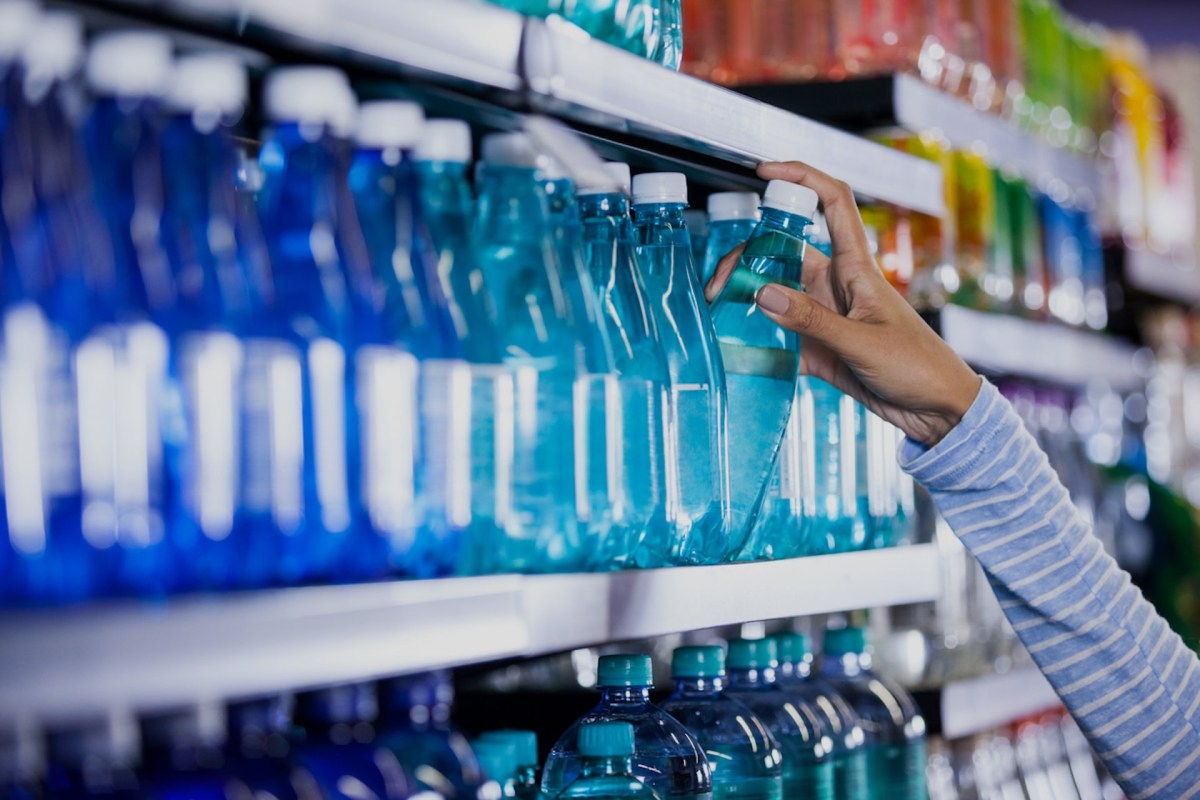Single-use items have become an everyday occurrence in modern America, but they're also huge money sinks. The Cool Down estimates that in 10 years, you can save up to about $15,000 just by changing the way you buy and use single-use products, primarily by replacing with higher-quality, more durable options.
That's in addition to the environmental benefits. Disposable items take up space in landfills or become litter, and since many of them are made of plastic, they can take well over a century to break down, shedding potentially cancer-causing microplastics the whole time.
In the meantime, animals, including fish and other marine life, often eat or get stuck in trash, which can injure or kill them. Switching from single-use items to reusable ones can eliminate about 1,000 pounds of trash per decade and helps prevent these problems.
🗣️ How much effort are you willing to make to reduce the amount of plastic and toxins in your home?
🔘 I'll do whatever it takes 👍
🔘 Only if it's an easy swap 😅
🔘 Only if it's cheaper 💰
🔘 Not interested 🚫
🗳️ Click your choice to see results and speak your mind
Ditch single-use food items
People encounter single-use items wherever they shop and eat — but luckily, these areas of life are also where kicking plastic to the curb will save you the most money. The biggest one is that ditching single-use coffee purchases alone could save you almost $9,000 over a decade if you switch from daily coffee shop orders to a French press and reusable travel mugs at home. The savings aren't quite as big if you are switching from coffee pods — but you'll still spend less and generate less plastic waste, even if all you do is switch to a reusable pod compatible with your existing machine.
Breaking up with plastic water bottles also has the potential to make a big difference. If you regularly buy bottled water, you're throwing money down the drain: about $260 per year for the average American. A reusable water bottle, on the other hand, can be refilled practically for free, and many even keep your drink cold — something plastic water bottles can't do.
Other food containers, such as takeout containers and bags, are major sources of waste. They're often made from toxic materials, making them wrong for you and the planet. You can switch to silicone Tupperware and reusable takeout containers without much fuss or expense — and not only is it healthier, but it'll also save you money.
And when you shop, bringing your own bags is worth it. A few states have fees for plastic bags, but the benefits go beyond the savings. Cloth bags and other reusable varieties are sturdier, making them less likely to tear and spill your purchases on the ground. That saves you money, time, and frustration in the long run.
Ditch other single-use products
Most of the biggest culprits in the single-use arena are related to food, but there are other areas to work on as well.
Cleaning products are the next on the list. Many are designed to let you just wipe up the mess and throw it in the trash — but while this is fast, you're paying the price for that convenience.
For example, Americans spend $20 a year on paper towels on average. A five-pack of Swedish dishcloths costs 25% less than that, will last at least two years, and can do the same job; you only have to wash them with your regular laundry afterward.
You can even get rags for free if you make them from worn-out clothes or linens. Dish sponges are another opportunity to choose between a flimsy, disposable product and a durable one that lasts longer.
Health and beauty products are also big sources of single-use waste. Many containers are designed to make it hard to get all the product out, so you have to buy makeup, lotion, and similar products more frequently. Not to mention all those disposable razors, wipes, and applicators! Look at a few ways to be less wasteful during your beauty routine here.
Finally, make sure you look beyond just the products you're picking; the packaging counts, too. Many products that are otherwise safe for the environment fall down at the finish line with unnecessary plastic packaging. However, a little research is all it takes to find companies with eco-friendly packaging practices.
Join our free newsletter for easy tips to save more, waste less, and help yourself while helping the planet.









